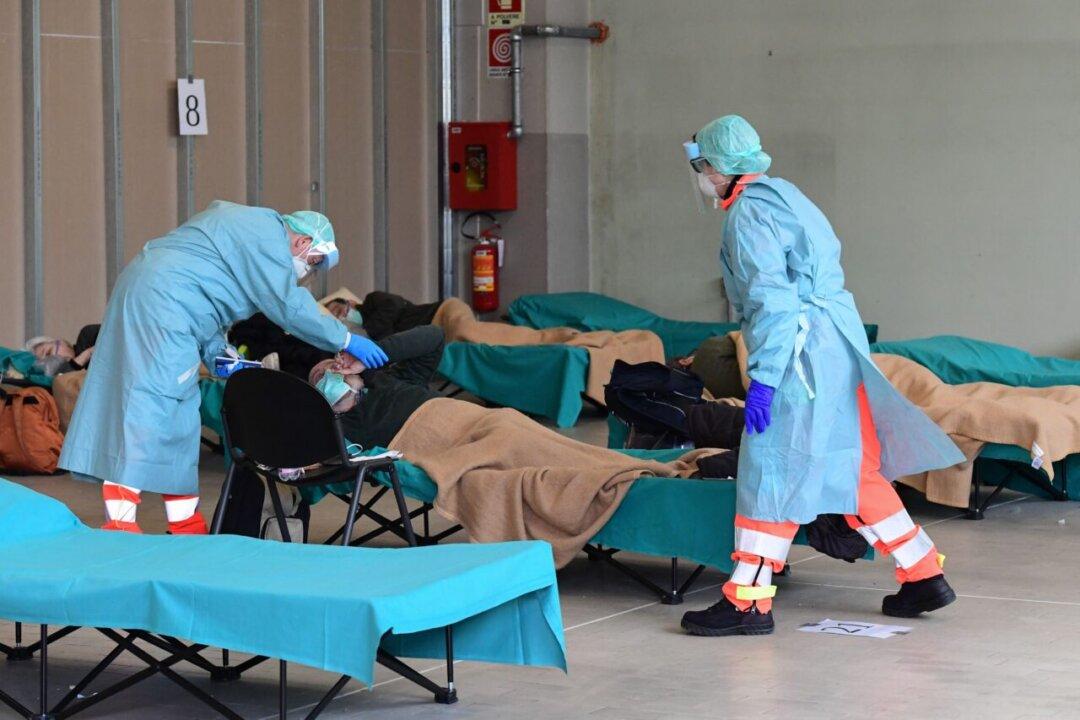Italy will rush 10,000 medical students into service, waiving their qualifying exams as the nation struggles to handle the COVID-19 outbreak, which has left 2,503 dead amid an unprecedented lockdown.
Italy is the worst affected nation outside of China, with a total of 31,506 confirmed cases according to currently available data from Johns Hopkins University. Iran has the third-highest number of confirmed cases at 17,361.





